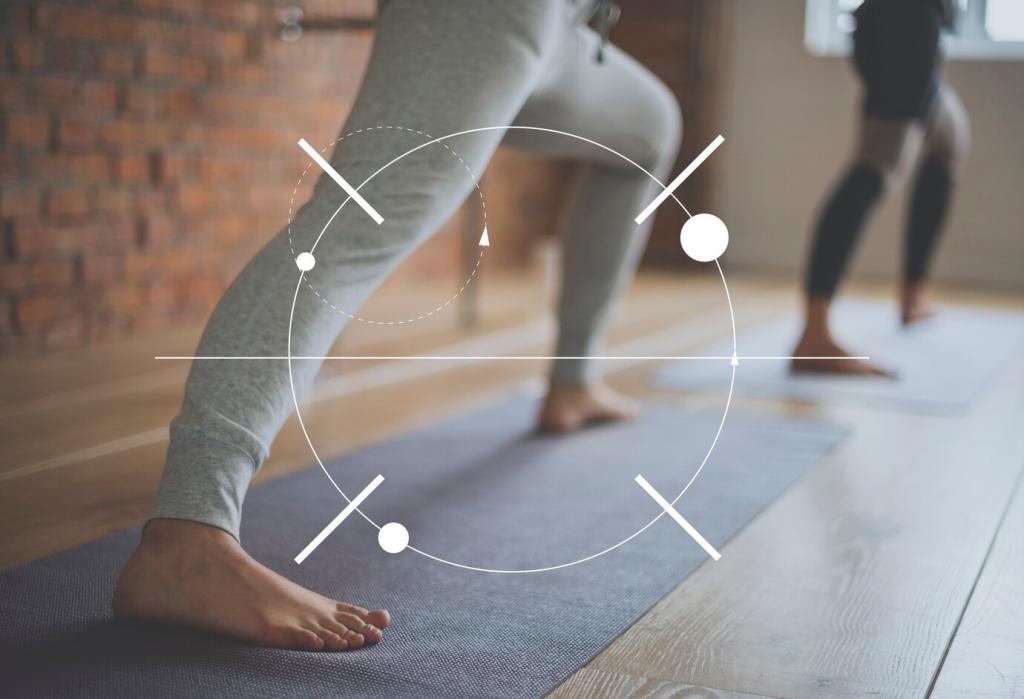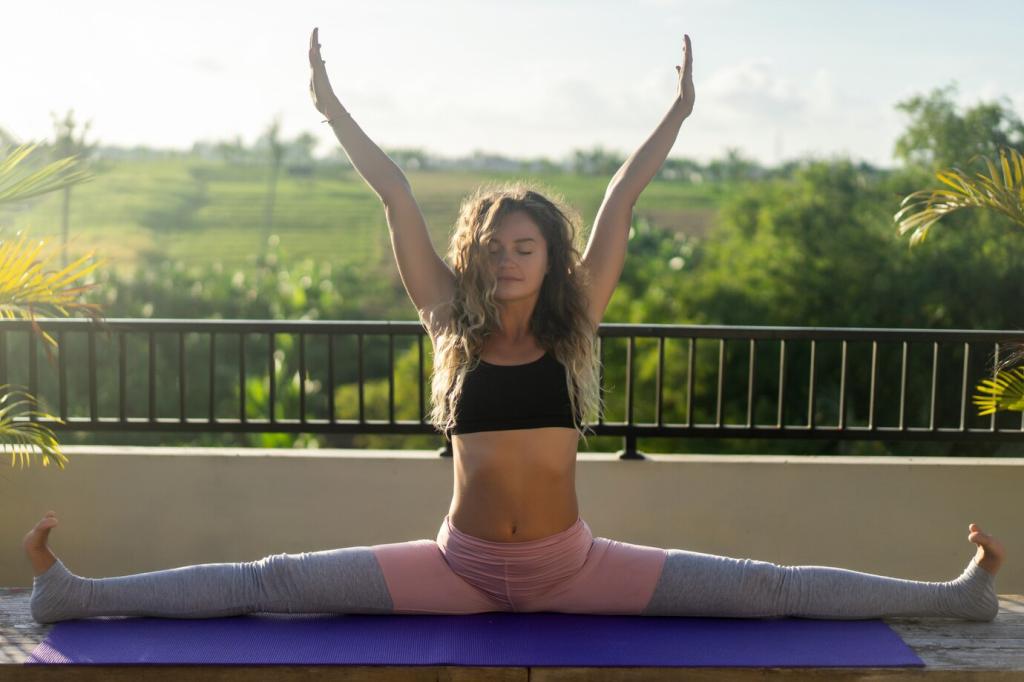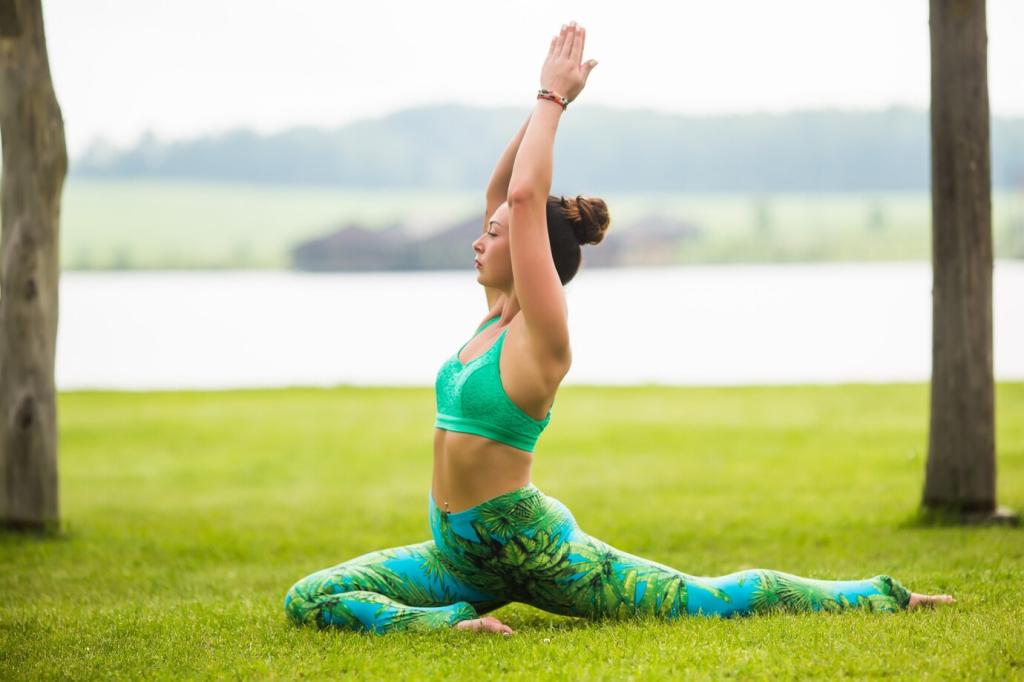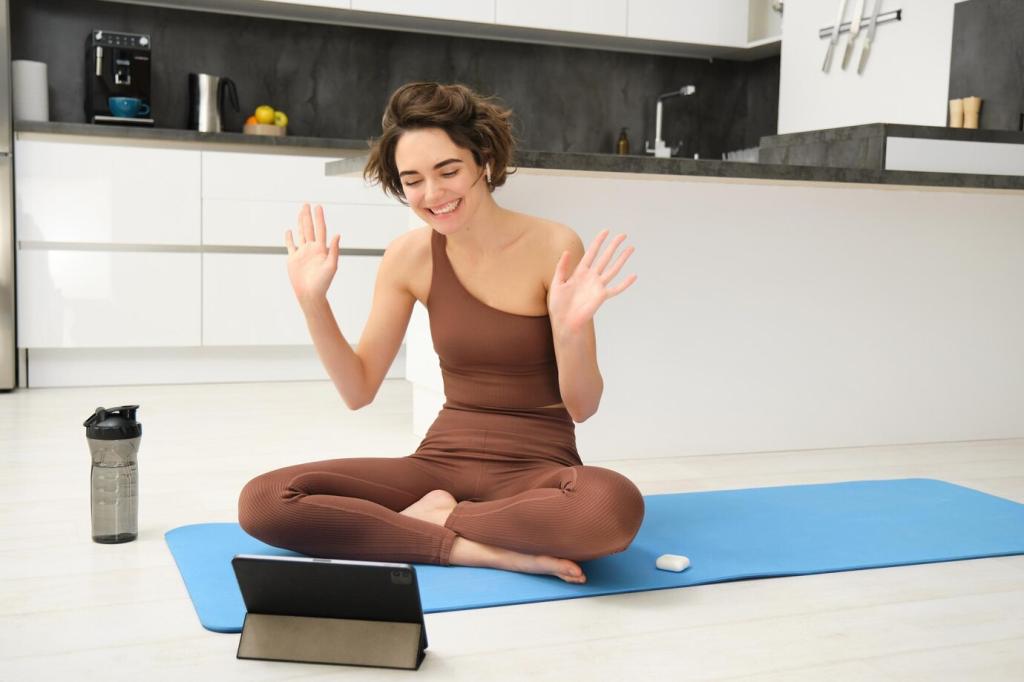Community, Tracking, and Support
After each session, note your starting mood, practices used, and ending mood. Watch patterns emerge over weeks. Subscribe for weekly prompts that help you refine your sequence and celebrate small, meaningful emotional shifts.
Community, Tracking, and Support
Tell us how a specific pose, breath, or intention softened a hard moment. Your story might be the encouragement someone needs to try their first calming exhale today. Comment below and respond kindly to another reader.
Community, Tracking, and Support
Combine yoga with wise counsel from teachers, friends, or therapists when needed. Emotional balance thrives with resources. Post one supportive phrase you plan to offer yourself this week, and invite a friend to join you.
Community, Tracking, and Support
Lorem ipsum dolor sit amet, consectetur adipiscing elit. Ut elit tellus, luctus nec ullamcorper mattis, pulvinar dapibus leo.







